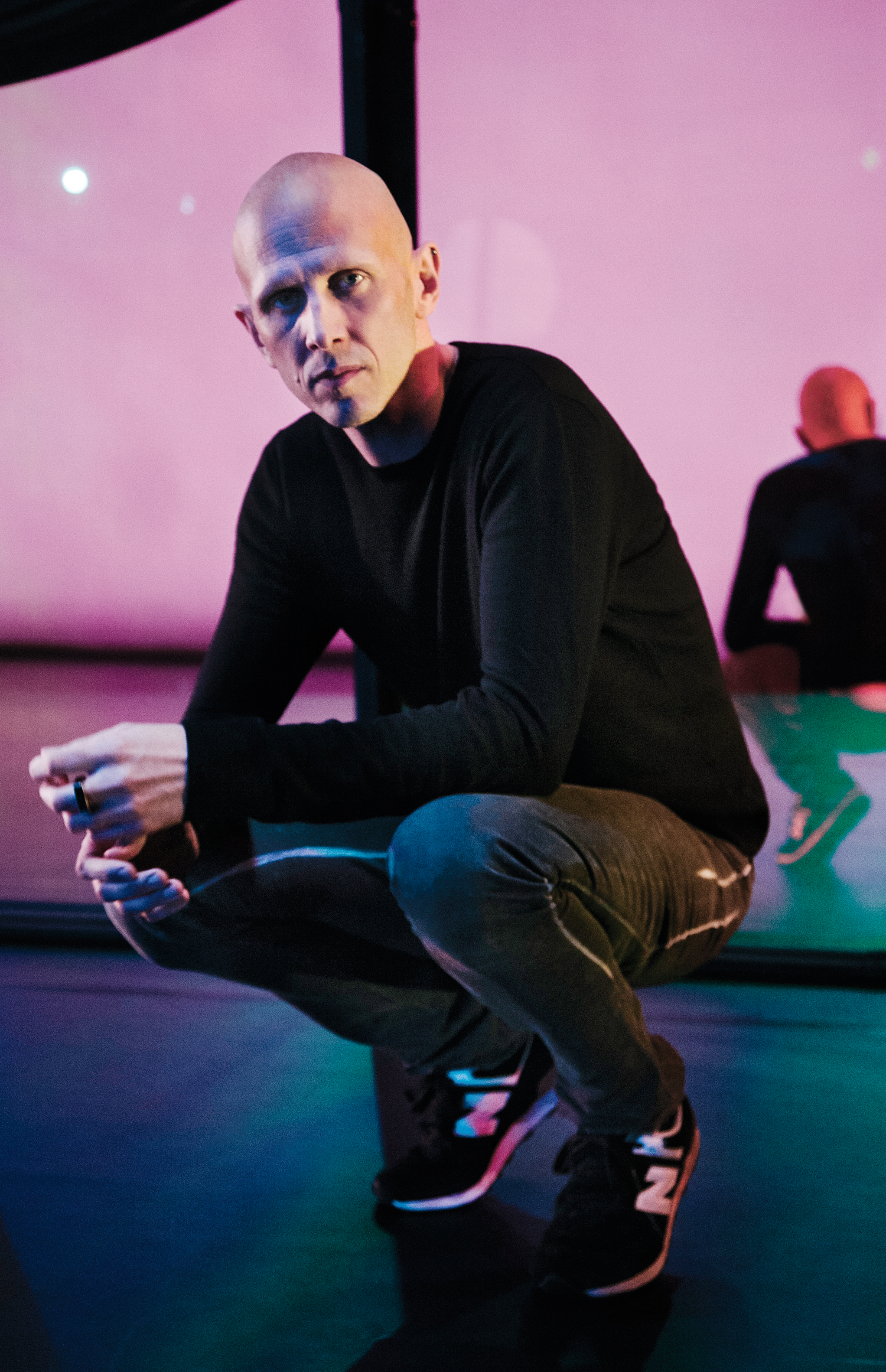Purple Magazine
— F/W 2015 issue 24
Wayne McGregor
 Wayne McGregor
Wayne McGregor
on being a choreographer
interview by SVEN SCHUMANN
portrait by DAISY WALKER
Wayne McGregor is the most exciting choreographer ballet has seen in years, pushing limits with his non-traditional, experimental approach. Even though he has no proper ballet training, the biggest stages line up to work with him. Since 2006, he has been the resident choreographer at The Royal Ballet in London, done pieces for institutions like the La Scala Theatre Ballet in Milan, the Paris Opera Ballet, and the New York City Ballet. He also owns his own dance company, Wayne McGregor Random Dance. His latest work, a collaboration with the artist Olafur Eliasson and the musician Jamie xx, premiered at this year’s Manchester International Festival.
SVEN SCHUMANN — The ballets I have been to were all quite different from the ones you are making. How would you describe your unique style…